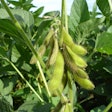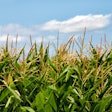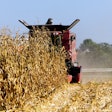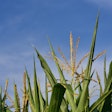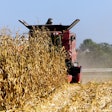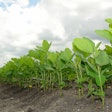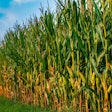
The latest U.S. Drought Monitor report, jointly produced by the National Drought Mitigation Center at the University of Nebraska-Lincoln, the United States Department of Agriculture, and the National Oceanic and Atmospheric Administration, reveals a complex picture for American agriculture, with some regions seeing improvements while others face worsening drought conditions.
In the Southwest, the situation has become particularly dire. Exceptional drought, the most severe category, has developed from Phoenix westward to far southeast California. This intensification poses significant challenges for farmers and ranchers in the region, potentially leading to reduced crop yields, increased irrigation costs, and stressed livestock conditions.
Meanwhile, the Midwest, America's breadbasket, is experiencing expanding drought conditions. Growing precipitation deficits, combined with low streamflow and soil moisture, have led to the expansion and development of moderate and severe drought in northern Missouri, central and northern Illinois, and Indiana. This development is concerning for corn and soybean producers in these key agricultural states, as it could impact spring planting and early crop development.
However, there is some positive news for farmers in parts of the West. Recent precipitation in the Sierra Nevada and improvements to snowpack in northeast Nevada, Idaho, and southwest Montana have led to localized improvements in drought conditions. This could potentially benefit irrigation water supplies for the upcoming growing season in these areas.
The Southern Plains, another crucial agricultural region, is facing mixed conditions. Parts of Texas and Oklahoma experienced temperatures 6-10 degrees above normal, exacerbating dry conditions. In central Texas, around the San Antonio area, groundwater and reservoir levels continue to drop amid very large precipitation deficits, leading to the development of a small area of exceptional drought. This situation could pose significant challenges for livestock operations and irrigated agriculture in the region.
In the Southeast, short- and long-term moderate and severe drought developed or expanded across parts of the Carolinas and eastern Georgia. This development could potentially impact a variety of crops, including cotton, peanuts, and various fruits and vegetables grown in these states.
Looking ahead, the National Weather Service Climate Prediction Center's forecast for March 11-15 offers some hope for drought-stricken areas in the West. Above-normal precipitation is strongly favored in the western, and especially southwestern, U.S. However, below-normal precipitation is favored in most of Texas, which could further stress agricultural operations in that state.






